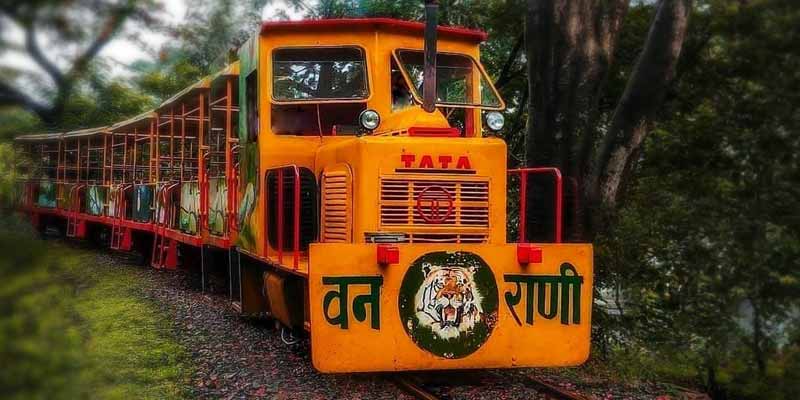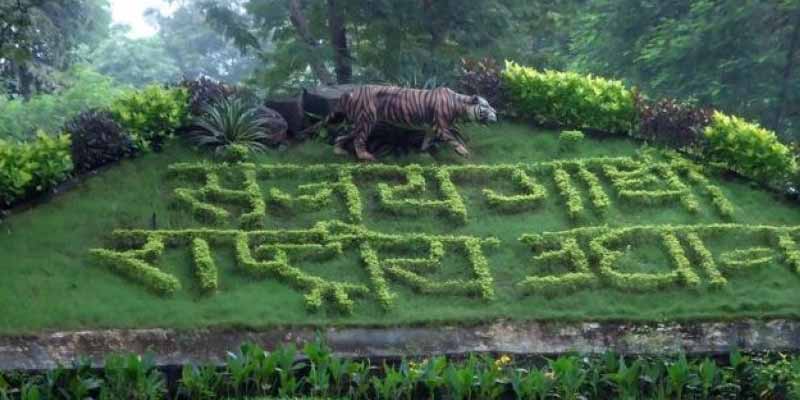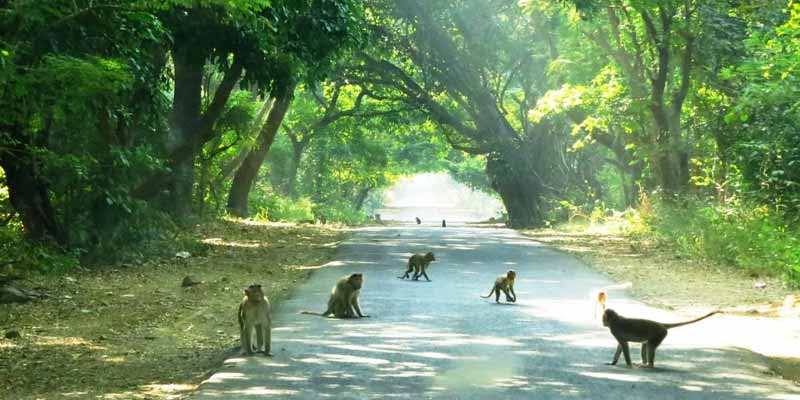Sanjay Gandhi National Park, nestled in Mumbai, India, is a verdant oasis sprawling over 100 square kilometers. It’s not just a sanctuary for nature enthusiasts but also a haven for history buffs, with ancient Kanheri caves dating back to the 1st century BC. These caves, adorned with intricate carvings and Buddhist stupas, offer a glimpse into India’s rich cultural past.
The park is famed for its biodiversity, hosting over 1,300 plant species, diverse birdlife, and elusive mammals like leopards and deer. Its dense forests and tranquil lakes provide a serene escape from the bustling city life, attracting visitors seeking solace amidst nature’s embrace.
Apart from its natural splendor, the park serves as an educational hub, with initiatives aimed at environmental awareness and conservation. Visitors can partake in guided tours, nature trails, and educational programs, fostering a deeper understanding of ecology and wildlife conservation.
Sanjay Gandhi National Park stands as a testament to the harmonious coexistence of urban development and ecological preservation, symbolizing the importance of safeguarding natural habitats amidst urbanization’s relentless march.

History of Sanjay Gandhi National Park
Sanjay Gandhi National Park, formerly known as Borivali National Park, has a rich history intertwined with the development of Mumbai and its surrounding areas.
The park’s origins trace back to 1925 when it was established as Krishnagiri National Park to protect the biodiversity of the region. Over the years, it underwent several name changes and expansions, eventually being renamed Sanjay Gandhi National Park in 1981 in honor of Sanjay Gandhi, the son of former Prime Minister Indira Gandhi, who was a prominent political figure in India.
One of the park’s most significant historical features is the Kanheri Caves, which date back to the 1st century BC. These ancient Buddhist rock-cut caves served as a center for Buddhist learning and meditation and are adorned with intricate sculptures and inscriptions, providing valuable insights into the region’s cultural and religious history.
Throughout its history, the park has faced various challenges, including encroachment, illegal logging, and poaching. However, concerted efforts by conservationists and government authorities have helped preserve and protect its natural habitats and wildlife.
Today, Sanjay Gandhi National Park stands as a testament to the importance of conservation amidst urbanization, providing a vital green lung for the bustling metropolis of Mumbai and serving as a haven for both nature enthusiasts and wildlife alike.

Attractions in Sanjay Gandhi National Park
Sanjay Gandhi National Park offers a plethora of attractions for visitors to explore and enjoy. Here are some of the key highlights:
Kanheri Caves: These ancient rock-cut caves, dating back to the 1st century BCE to the 10th century CE, are nestled within the park. They feature intricately carved Buddhist sculptures, stupas, and meditation cells, offering visitors a glimpse into India’s rich cultural and religious history.
Tiger and Lion Safari: The park provides safari tours that allow visitors to observe animals like tigers, lions, and deer in their natural habitat. It’s a thrilling experience for wildlife enthusiasts and offers a unique opportunity to see these majestic creatures up close.
Nature Trails: Sanjay Gandhi National Park boasts several scenic nature trails that wind through lush forests, tranquil lakes, and verdant meadows. These trails offer a serene escape from the hustle and bustle of city life, allowing visitors to immerse themselves in the beauty of nature.
Upvan Lake: This picturesque lake, located within the park, is a popular spot for picnics, birdwatching, and leisurely boat rides. Surrounded by lush greenery, it offers a tranquil setting for relaxation and recreation.
Flora and Fauna: The park is home to a diverse range of flora and fauna, including over 1,300 plant species, diverse birdlife, and elusive mammals like leopards, deer, and macaques. Birdwatchers, in particular, will delight in spotting various avian species amidst the park’s verdant landscapes.
Butterfly Park: A recent addition to the park, the Butterfly Park is dedicated to conserving and showcasing various species of butterflies. Visitors can explore butterfly gardens, learn about their life cycle, and witness these colorful insects in their natural habitat.
Visitor Centers and Interpretive Exhibits: The park features visitor centers and interpretive exhibits that provide information about its ecology, wildlife, and conservation efforts. Educational programs and guided tours are also available for those interested in learning more about the park’s natural and cultural heritage.
These attractions make Sanjay Gandhi National Park a must-visit destination for nature lovers, history enthusiasts, and anyone seeking a rejuvenating escape into the wilderness within the bustling city of Mumbai.

How to reach Sanjay Gandhi National Park
Sanjay Gandhi National Park is located in Mumbai, around 30 kilometers from Jaipur. Given the distance, it’s not recommended to travel between the two locations via car due to the significant travel time. Here are ways to get to Sanjay Gandhi National Park:
Taxi or Rickshaw:This is the most convenient way to get to the park from Jaipur. You can hire a taxi or rickshaw from your hotel or any taxi stand in the city. The fare will range between INR 200 to INR 350.
Train: You can take a train from Jaipur to Andheri or Vile Parle railway station in Mumbai. From there, you can take an auto-rickshaw to the park entrance.
Bus: There are buses that run from Jaipur to Mumbai. You can get off at Borivali East highway and then take an auto-rickshaw to the park. This option might be the most economical but may also be the time-consuming one.
India Tour Planner








